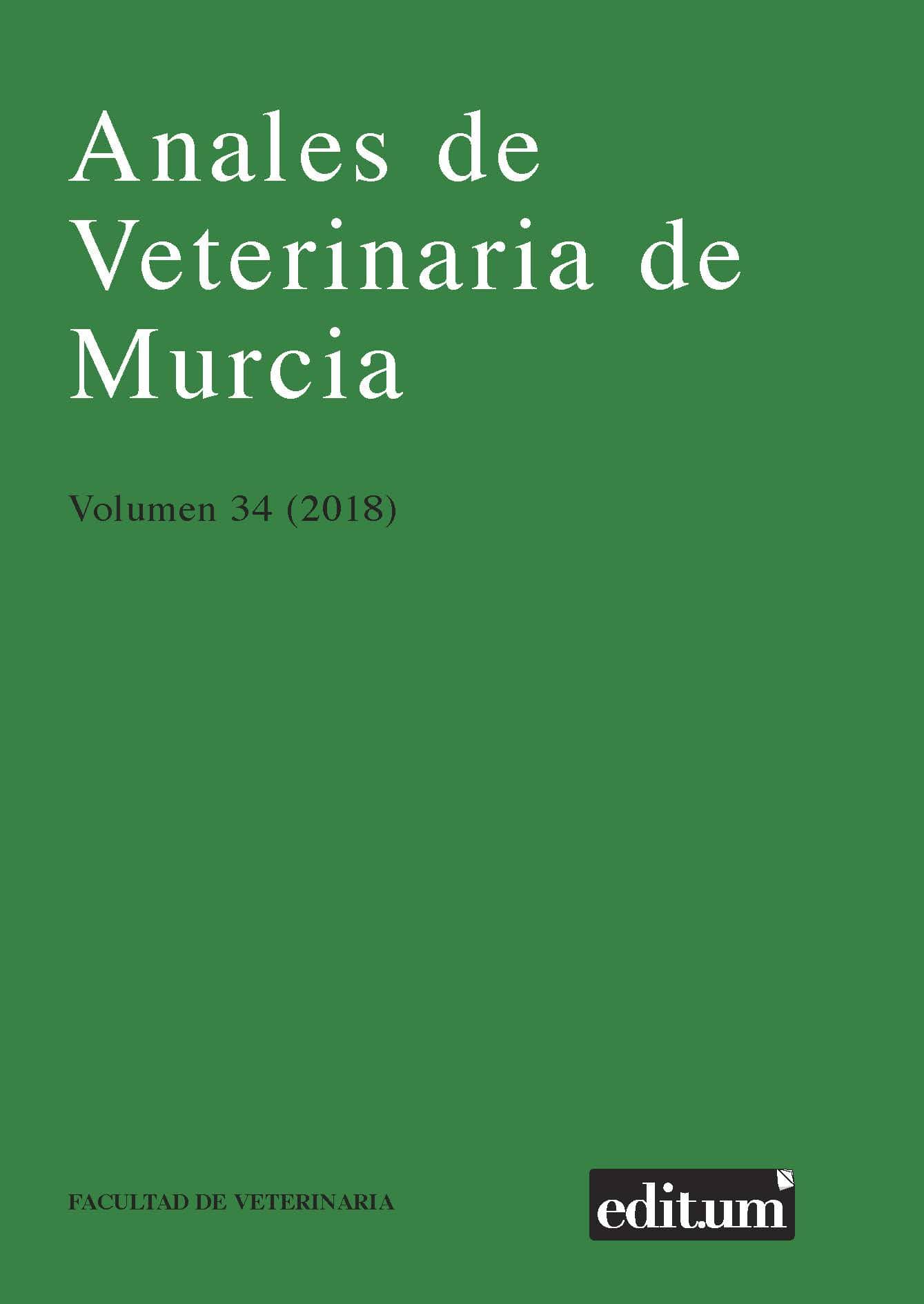Especies reactivas de oxígeno y su implicación en Biomedicina
Resumen
Las especies reactivas de oxígeno (ROS) actúan como regulador intracelular cuando se generan de forma controlada en puntos concretos de la célula. Modifican la función de proteínas mediante la oxidación reversible de cisteínas. Hay quinasas y fosfatasas de proteínas, factores de transcripción y canales iónicos que están regulados por ROS. Estrés oxidativo y daño celular aparecen cuando los mecanismos antioxidantes de protección son incapaces de mantener bajo el nivel intracelular de ROS. En estas condiciones, ROS inducen pérdida de viabilidad celular en patologías degenerativas de corazón y cerebro y promueven proliferación celular ilimitada en procesos tumorales. La alteración de la función mitocondrial juega un papel clave en la generación del estrés oxidativo y por tanto es una diana terapéutica preferente para evitar o aminorar los daños oxidativos producidos por ROS.
Descargas
-
Resumen2309
-
PDF7686
Citas
BEDARD K, KRAUSE KH. 2007. The NOX family of ROS-generating NADPH oxidases: physiology and pathophysiology. Physiol. Rev. 87: 245-313.
BUETLER TM, KRAUSKOPF A, RUEGG UT. 2004. Role of superoxide as a signaling molecule. News Physiol. Sci. 19: 120-123.
CADENAS S. 2018. ROS and redox signaling in myocardial ischemia-reperfusion injury and cardioprotection. Free Radic. Biol. Med. 117: 76-89.
DEBERARDINIS JR, CHANDEL NS. 2016. Fundamentals of cancer metabolism. Sci. Adv. 2: e1600200.
DRÖGE W. 2002. Free radicals in the physiological control of cell function. Physiol. Rev. 82: 47-95.
DWORAKOWSKI R, ANILKUMAR N, ZHANG M, SHAH AM. 2006. Redox signalling involving NADPH oxidase-derived reactive oxygen species. Biochem. Soc. Trans. 34: 960-964.
FINKEL T. 2011. Signal transduction by reactive oxygen species. J. Cell Biol. 194: 7-15.
HELD P. 2015. An introduction to reactive oxygen species. Measurement of ROS in cells.https://www.biotek.com/assets/tech_resources/ROS%20White%20Paper_2015.pdf
KALOGERIS T, BAO Y, KORTHUIS RJ. 2014. Mitochondrial reactive oxygen species: A double edged sword in ischemia/reperfusion vs preconditioning. Redox Biol. 2: 702-714.
KIM GH, KIM JE, RHIE SJ, YOON S. 2015. The role of oxidative stress in neurodegenerative diseases. Exp. Neurobiol. 24: 325-340.
KUMARI S, BADANA AK, G MM, G S, MALLA R. 2018. Reactive oxygen species: A key constituent in cancer survival. Biomark. Insights 13: 1-9.
LENNICKE C, RAHN J, LICHTENFELS R, WESSJOHANN LA, SELIGER B. 2015. Hydrogen peroxide - production, fate and role in redox signaling of tumor cells. Cell Commun. Signal. 13-39.
LIN MT, BEAL F. 2006. Mitochondrial dysfunction and oxidative stress in neurodegenerative diseases. Nature 443: 787-795.
LIU Z, ZHOU T, ZIEGLER AC, DIMITRION P, ZUO L. 2017. Oxidative stress in neurodegenerative diseases: from molecular mechanisms to clinical applications. Oxid. Med. Cell. Longev. 2017: 2525967.
LUSHCHAK VI. 2014. Free radicals, reactive oxygen species, oxidative stress and its classification. Chem. Biol. Interact. 224: 164-175.
MAEJIMA Y, KURODA J, MATSUSHIMA S, AGO T, SADOSHIMA J. 2011. Regulation of myocardial growth and death by NADPH oxidase. J. Mol. Cell. Cardiol. 50: 408-416.
RHEE SG. 2006. A necessary evil for cell signaling. Science 312: 1882-1883.
SAG CM, SANTOS CX, SHAH AJ. 2014. Redox regulation of cardiac hypertrophy. J. Mol. Cell. Cardiol. 73: 103-109.
SCHIEBER M, CHANDEL NS. 2014. ROS function in redox signaling and oxidative stress. Curr. Biol. 24: R453-R462.
WINTERBOURN CC, HAMPTON MB. 2008. Thiol chemistry and specificity in redox signaling. Free Radic. Biol. Med. 45: 549-561.
YANG W, ZOU L, HUANG C, LEI Y. 2014. Redox regulation of cancer metastasis: molecular signaling and therapeutic opportunities. Drug Dev. Res. 75: 331-341.
Derechos de autor 2020 Anales de Veterinaria de Murcia

Esta obra está bajo una licencia internacional Creative Commons Atribución 4.0.
Las obras que se publican en esta revista están sujetas a los siguientes términos:
1. El Servicio de Publicaciones de la Universidad de Murcia (la editorial) conserva los derechos patrimoniales (copyright) de las obras publicadas, y favorece y permite la reutilización de las mismas bajo la licencia de uso indicada en el punto 2.
2. Las obras se publican en la edición electrónica de la revista bajo una licencia Reconocimiento-NoComercial-SinObraDerivada 3.0 España (CC BY-NC-ND 3.0 ES). Se pueden copiar, usar, difundir, transmitir y exponer públicamente, siempre que: i) se cite la autoría y la fuente original de su publicación (revista, editorial y URL de la obra); ii) no se usen para fines comerciales; iii) se mencione la existencia y especificaciones de esta licencia de uso.
3. Condiciones de auto-archivo. Se permite y se anima a los autores a difundir electrónicamente las versiones pre-print (versión antes de ser evaluada) y/o post-print (versión evaluada y aceptada para su publicación) de sus obras antes de su publicación, ya que favorece su circulación y difusión más temprana y con ello un posible aumento en su citación y alcance entre la comunidad académica. Color RoMEO: verde.





